Travel isn’t just about seeing new places—it’s about unraveling their secrets. Some destinations challenge visitors with hidden pathways, mysterious histories, and complex layouts that reward the curious explorer. These places offer more than just photo opportunities; they provide intellectual adventures that engage your mind as much as your senses.
Here is a list of 20 worldwide destinations that function like intricate puzzles, inviting you to piece together their stories and discover their hidden depths.
The Catacombs of Paris, France

Beneath the romantic streets of Paris lies a labyrinth of tunnels lined with the remains of more than six million people. The catacombs stretch for over 200 miles, though only a small portion is open to the public.
Visitors often describe the feeling of piecing together Paris’s macabre history while navigating the dimly lit passageways as both unsettling and fascinating.
Angkor Wat, Cambodia

This massive temple complex sprawls over 400 acres with hundreds of structures arranged according to ancient astronomical principles. The architectural symbolism represents Mount Meru, the home of the gods in Hindu mythology.
Each carved stone tells part of a story that scholars are still working to fully understand, making every visit feel like participating in an ongoing archaeological investigation.
Like Travel Pug’s content? Follow us on MSN.
The Alhambra, Spain
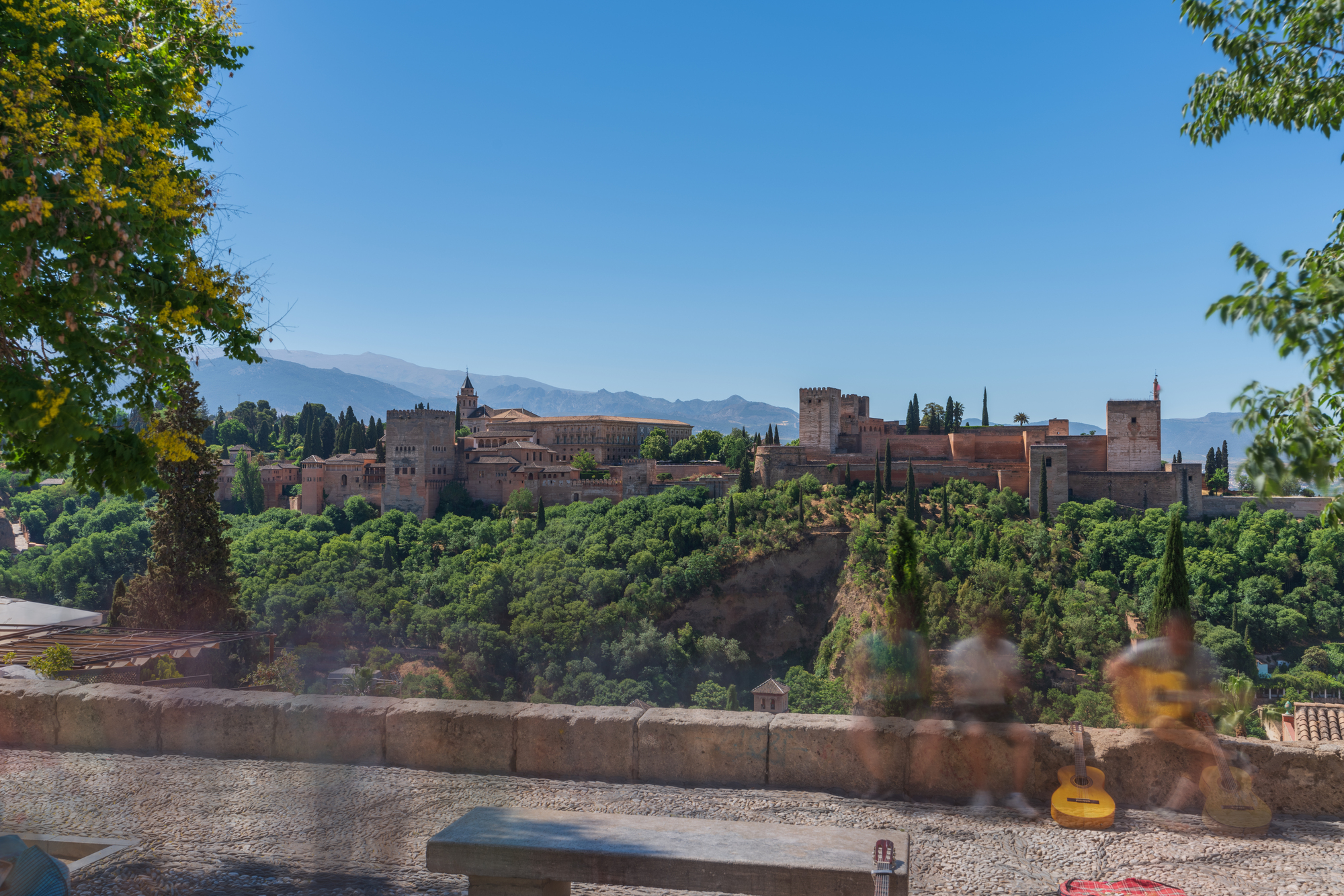
This medieval Islamic palace in Granada is a masterpiece of architectural puzzles. Its intricate geometric patterns follow mathematical principles that change depending on where you stand.
The complex water features work without mechanical pumps, using only gravity and precise engineering to create bubbling fountains and flowing channels that have functioned for centuries.
Venice, Italy
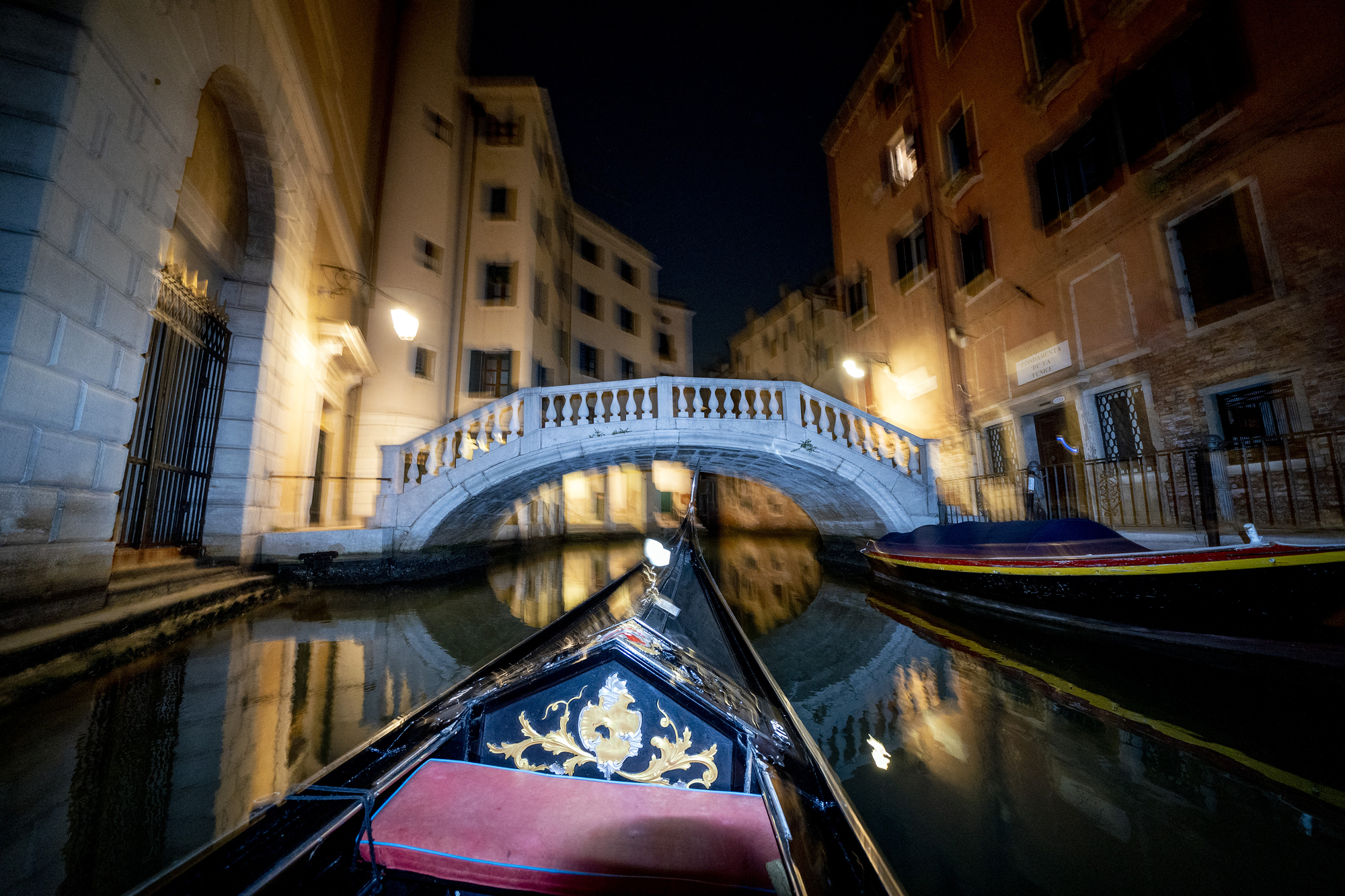
The floating city’s tangled network of narrow alleys, canals, and bridges forms a genuine maze where even experienced travelers regularly lose their way. Local Venetians say getting lost is part of the experience.
The city’s unusual address system doesn’t follow logical sequencing, adding another layer to the navigational challenge that makes exploring Venice an exercise in problem-solving.
Newgrange, Ireland
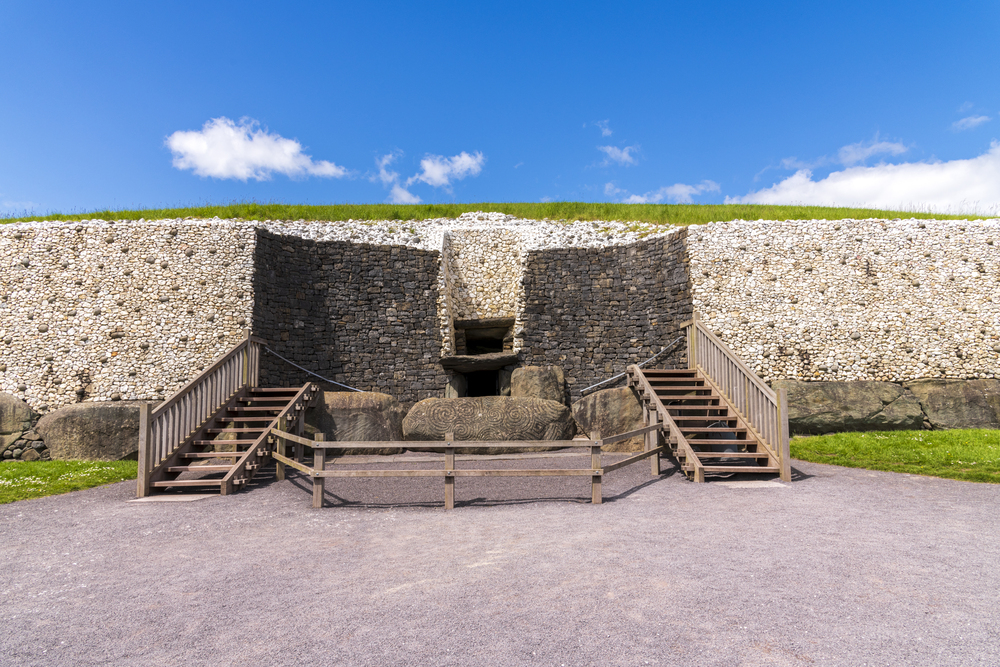
This 5,200-year-old passage tomb is older than Stonehenge and the Great Pyramids. Its most mysterious feature perfectly aligns with the winter solstice sunrise, when sunlight illuminates the inner chamber for just 17 minutes each year.
Engineers still debate how its builders achieved such precise astronomical alignment without modern tools, making it a prehistoric puzzle that continues to baffle experts.
Like Travel Pug’s content? Follow us on MSN.
The Winchester Mystery House, California

This Victorian mansion has staircases that lead nowhere, doors that open into walls, and windows that overlook other rooms. After her husband’s death, Sarah Winchester continuously built onto the house for 38 years, supposedly guided by spirits.
The resulting 160-room mansion defies conventional architecture and requires visitors to think like detectives to make sense of its bizarre layout.
Machu Picchu, Peru

The Incan citadel sits 8,000 feet above sea level, somehow constructed with massive stones fitted so perfectly that not even a credit card can slip between them. Engineers still debate how these stones were transported up the mountain without wheels or draft animals.
The site’s purpose remains contested, with theories ranging from royal estate to astronomical observatory, making each visit a chance to form your theories.
The Nazca Lines, Peru
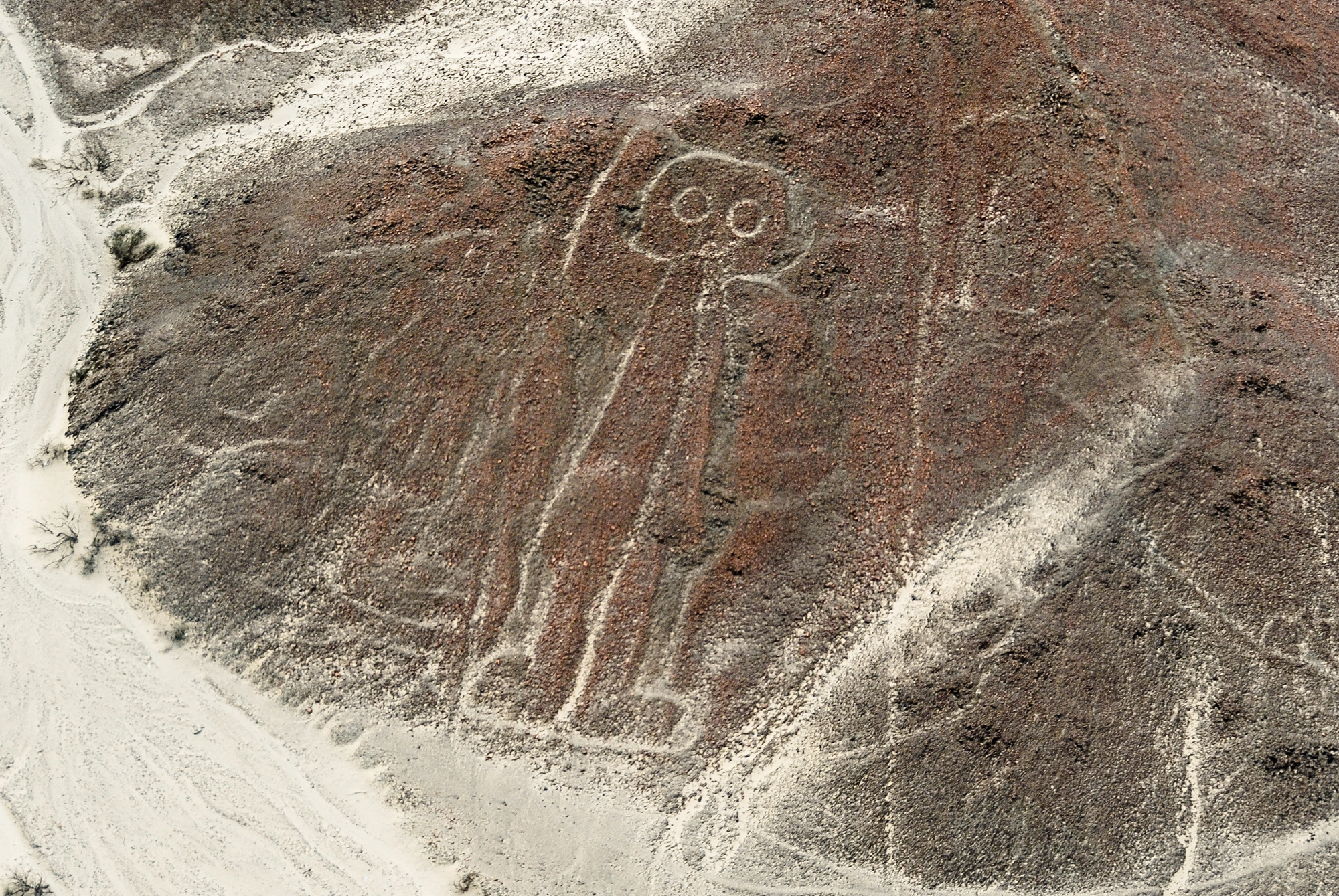
Visible only from above, these enormous geoglyphs were created between 500 BCE and 500 CE by removing desert rocks to reveal lighter soil beneath. The designs include a hummingbird spanning 318 feet, a monkey, and geometric shapes, all with such precision that they appear to have been created with modern surveying equipment. Their purpose remains one of archaeology’s greatest riddles.
Like Travel Pug’s content? Follow us on MSN.
Derinkuyu Underground City, Turkey

This ancient multi-level underground city could house 20,000 people with all their livestock and food stores. Extending 18 stories beneath the surface, it features sophisticated ventilation shafts, wells, and security systems, including rolling stone doors that could be operated inside.
Each level presents new questions about how people lived in this subterranean community.
The Antikythera Mechanism, Greece
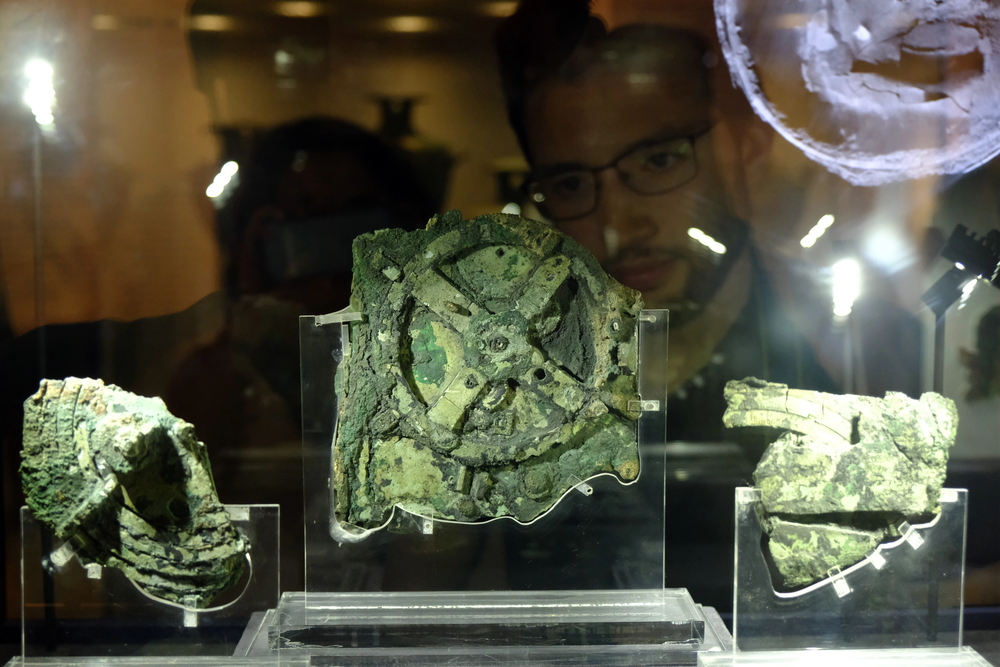
Housed in the National Archaeological Museum of Athens, this 2,000-year-old analog computer accurately predicted astronomical positions and eclipses. Discovered in a shipwreck, its complexity suggests an understanding of mechanical engineering that wasn’t thought to exist until the 14th century.
Museum visitors contemplate how ancient Greek knowledge was lost for millennia.
Roanoke Island, North Carolina

This island was the site of the infamous ‘Lost Colony’, where 115 English settlers vanished without a trace in the 1580s. The only clue left behind was the word ‘CROATOAN’ carved into a post. Modern archaeological work continues, with new theories emerging regularly.
Visitors can explore where America’s oldest historical mystery occurred and develop their theories about what happened.
Like Travel Pug’s content? Follow us on MSN.
The Forbidden City, China
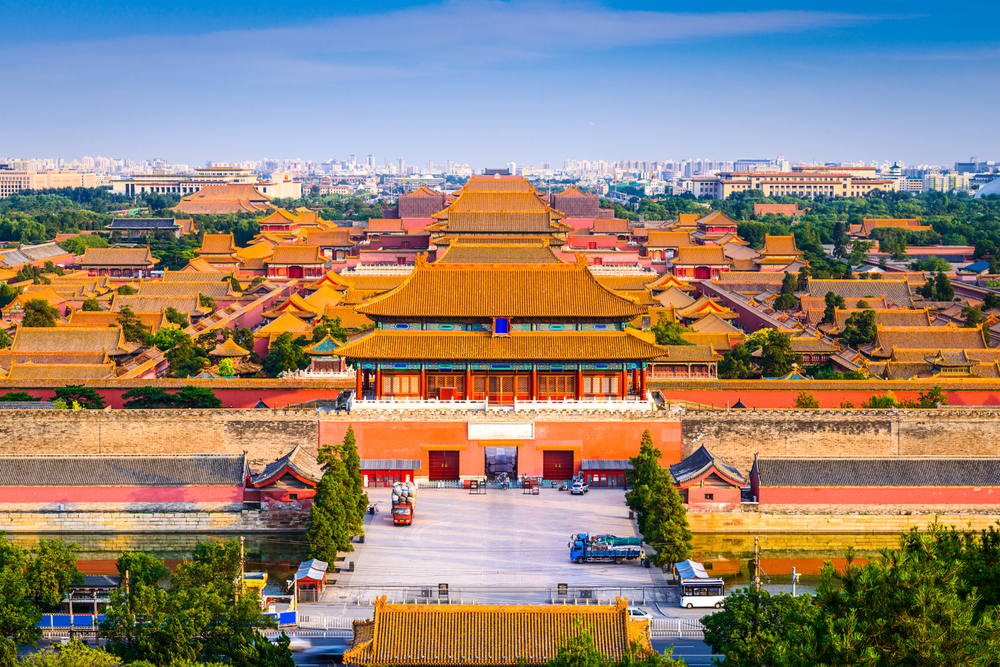
This imperial palace complex encompasses 980 buildings across 180 acres and was designed according to ancient Chinese cosmology and philosophy. Every architectural element carries symbolic meaning, from the specific number of rooms to the placement of decorative animals on the roofs.
The layout expands space as visitors move deeper into the complex, revealing new courtyards and structures in a carefully orchestrated sequence.
The Rosslyn Chapel, Scotland
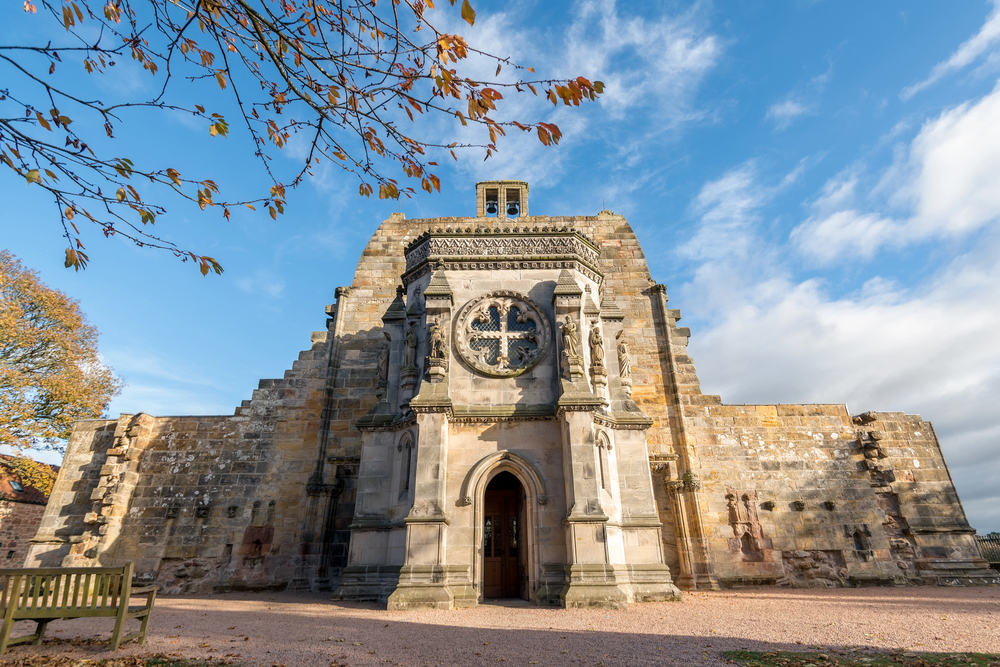
Made famous by ‘The Da Vinci Code,’ this 15th-century chapel near Edinburgh contains stone carvings that have puzzled interpreters for centuries. They include plants unknown in Europe when the chapel was built, apparent references to Freemasonry before the organization officially existed, and musical codes that some believe hide secret messages.
Each carving feels like a piece of a larger puzzle waiting to be solved.
Easter Island, Chile

The remote Pacific island’s massive stone moai statues, averaging 13 feet tall and weighing 14 tons, were somehow transported miles from the quarry where they were carved. Recent experiments suggest they were ‘walked’ to their platforms using ropes, but many questions remain about how a small population accomplished such feats and why they eventually stopped.
Walking among these silent sentinels feels like being surrounded by clues to a vanished civilization.
Like Travel Pug’s content? Follow us on MSN.
The Padmanabhaswamy Temple, India

This Hindu temple contains sealed vaults rumored to hold immense treasures. Five vaults have been opened to reveal billions of dollars in gold and jewels. Still, the mysterious sixth vault, sealed with a metal door without hinges or key slots, remains unopened due to religious prohibitions.
Local legends claim that opening it will bring catastrophe, adding mythological intrigue to an already compelling archaeological site.
The Voynich Manuscript, Connecticut

Stored in Yale University’s Beinecke Rare Book Library, this 15th-century manuscript, written in an obscure script and complete with bizarre artwork, has foiled attempts at deciphering by the world’s most renowned cryptographers.
Tourists can see the manuscript up close and take their places alongside medieval academics and current-day computer systems that have attempted to unravel its code.
The Pulemelei Mound, Samoa

The biggest ancient structure in Polynesia is a mystery—a 12-foot-tall, 165-by-196-foot base structure whose purpose and builder are unknown, even after thorough archaeological study.
The stone platform does not reveal its use in any evident way, presenting a literal platform for guesswork for visitors to this remote South Pacific landmark.
Like Travel Pug’s content? Follow us on MSN.
Gobekli Tepe, Turkey

This archaeological site has giant carved stones in circles, constructed by hunter-gatherers 11,500 years ago—before agriculture, pottery, writing, and metallurgy. The elegant construction contradicts our knowledge of prehistoric human capabilities.
Every year of excavations provides new information about this site, overwriting our understanding of early civilization.
The McMurdo Dry Valleys, Antarctica

These valleys are ice-free despite being surrounded by glaciers and frozen seas. Scientists also continue to speculate on the specific mechanisms that form this anomaly, where mummified seal cadavers are encountered miles from the sea, well-preserved by the intense cold and dryness for centuries.
Travelers mention feeling like they have reached another planet where the usual rules of nature do not apply.
The Library of Babel, Argentina
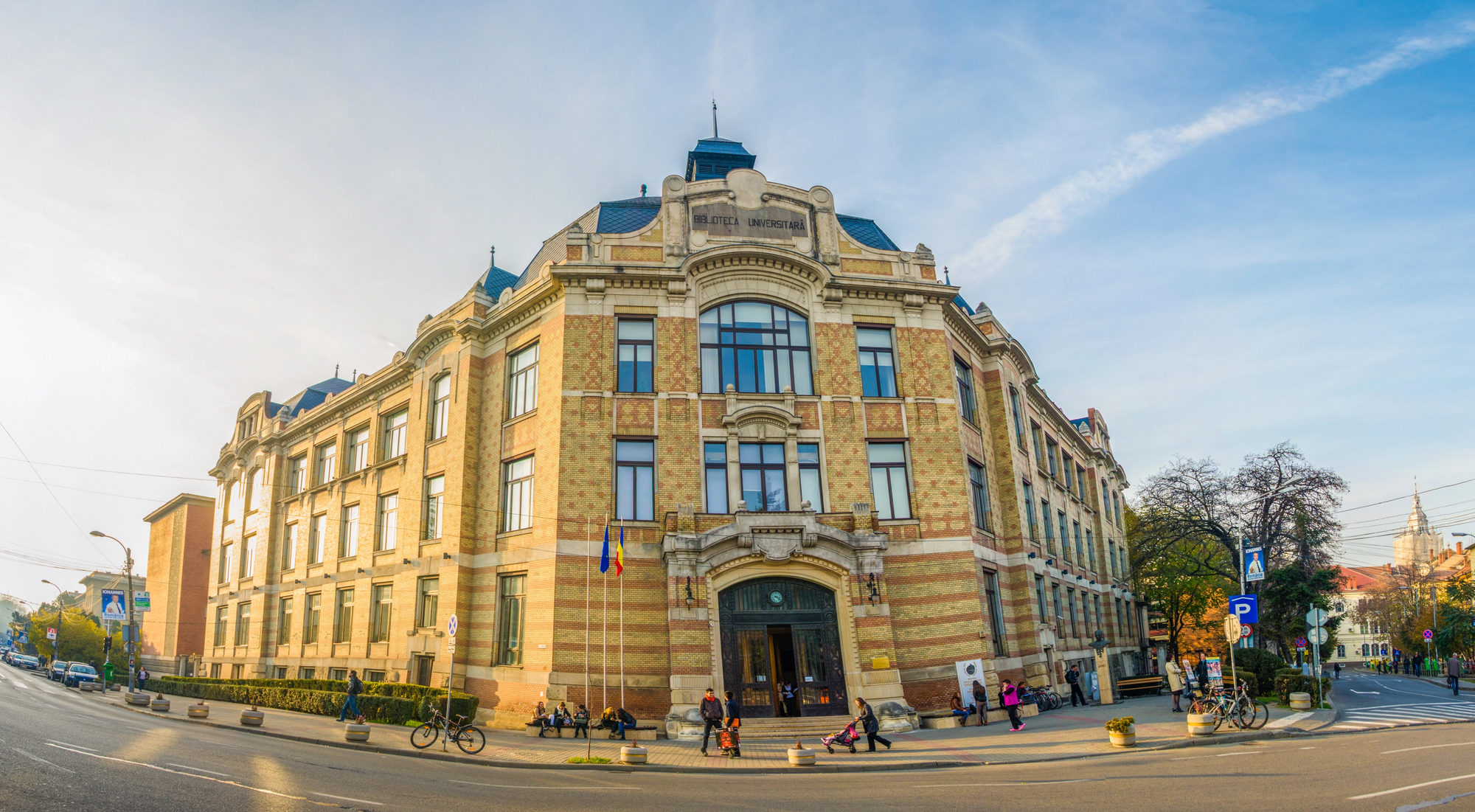
Jorge Luis Borges’ Imaginary Library has come into existence in Buenos Aires with a physical installation that toys with infinity, knowledge, and randomness. Mirrors produce the illusion of infinite rows of bookshelves filled with all possible letter combinations.
The experiential space invites visitors to ponder philosophical paradoxes regarding information, meaning, and human understanding.
Like Travel Pug’s content? Follow us on MSN.
Mysteries Awaiting Your Discovery

These places remind us that travel at its finest involves our cameras and our minds. They provide something more than ordinary tourism—the opportunity to join in on living enigmas that have intrigued generations of travelers, scientists, and historians.
In an age where information seems immediately available, these places retain the deep pleasure of assembling knowledge through firsthand observation and careful consideration. Each offers an invitation: come, discover, and contribute your perspective to the continuous dialogue of humankind with the enigmatic past.
More from Travel Pug

- Cities Growing so Fast You Won’t Recognize Them in 10 Years
- 13 Destinations Where Tourists Regularly Regret Their Trip
- 20 Obscure WWII Sites Even History Buffs Don’t Know About
- 10 Under-the-Radar Mountain Towns That Are Both Affordable and Beautiful
- Remote Villages in Europe Where You Can Live for Free in Exchange for Work
Like Travel Pug’s content? Follow us on MSN.
